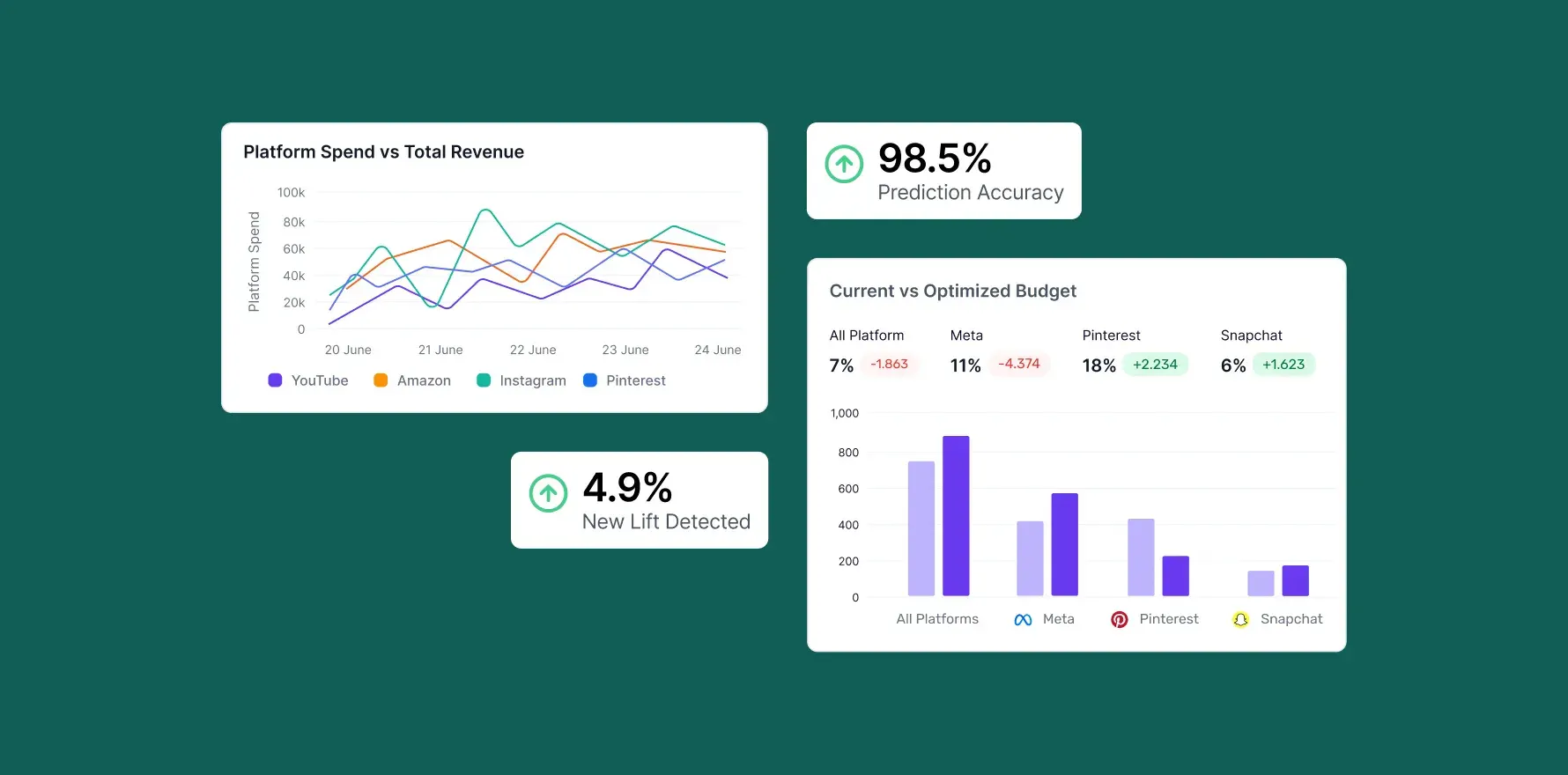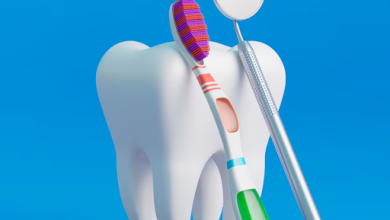Introduction to Quality Calibration
Quality calibration is a critical process employed across various industries to ensure the accuracy and reliability of measurement instruments and equipment. By calibrating instruments against known standards, businesses can maintain consistency, meet regulatory requirements, and achieve reliable results in their operations. In this comprehensive guide, we will delve into the world of quality calibration, exploring its importance, methodologies, and best practices.
Understanding Quality Calibration
Quality calibration involves comparing the measurements of a device or instrument to a known standard to determine its accuracy and reliability. This process helps identify any deviations or errors in the instrument’s readings and allows for adjustments to be made to ensure consistent and precise results.
Key Components of Quality Calibration
Quality calibration comprises several key components, including:
- Reference Standards: Known and traceable standards against which instruments are calibrated.
- Calibration Procedures: Step-by-step instructions for performing calibration measurements and adjustments.
- Calibration Equipment: Tools and instruments used to perform calibration, such as calibrators, standards, and software.
- Calibration Certificates: Documentation providing details of the calibration process, results, and traceability to national or international standards.
Methodologies of Quality Calibration
Quality calibration can be conducted using various methodologies, depending on the type of instrument and the accuracy requirements:
1. Direct Comparison
In this method, the instrument under test is directly compared to a reference standard to determine its accuracy. This method is suitable for simple instruments with stable characteristics.
2. Ratio Comparison
This method involves comparing the ratio of the output of the instrument under test to the output of the reference standard. It is commonly used for more complex instruments with nonlinear characteristics.
3. Interpolation
Interpolation involves measuring the output of the instrument at several points within its range and interpolating the calibration curve between these points. This method is used for instruments with nonlinear or non-monotonic responses.
Importance of Quality Calibration
Quality calibration is essential for several reasons:
1. Ensuring Accuracy
By calibrating instruments against known standards, businesses can ensure the accuracy and reliability of their measurements, reducing the risk of errors and inaccuracies in their processes and products.
2. Meeting Regulatory Requirements
Many industries are subject to regulatory requirements that mandate the calibration of measurement instruments. Compliance with these regulations is crucial for maintaining product quality, safety, and regulatory compliance.
3. Improving Product Quality
Quality calibration helps businesses produce high-quality products by ensuring that measurement instruments provide accurate and consistent results, leading to improved product performance and customer satisfaction.
Best Practices in Quality Calibration
To achieve optimal results from quality calibration, businesses should follow these best practices:
1. Regular Calibration
Calibrate instruments regularly according to a predefined schedule or whenever there are signs of drift or deviation from accuracy requirements.
2. Documented Procedures
Develop and follow documented calibration procedures that outline the steps to be followed, the equipment to be used, and the acceptance criteria for calibration.
3. Trained Personnel
Ensure that calibration technicians are properly trained and competent in performing calibration procedures and interpreting calibration results.
What does “mastering quality calibration” involve?
This question delves into the specific techniques, procedures, and best practices involved in achieving high-quality calibration. It seeks to understand the key elements that differentiate expert calibration from routine procedures.
What are the main benefits of ensuring precision and accuracy in calibration?
This question explores the practical advantages of well-calibrated instruments. It might ask about improved product quality, reduced waste, enhanced safety, or compliance with regulations.
What are the biggest challenges in achieving precise and accurate calibration?
This question identifies potential obstacles that could hinder effective calibration, such as environmental factors, instrument limitations, or human error. Understanding these challenges helps to develop strategies for overcoming them.
Who should be involved in mastering quality calibration?
This question focuses on the roles and responsibilities of different individuals or teams in ensuring effective calibration practices. It might inquire about the qualifications of calibration technicians, the involvement of quality control personnel, or the training needs of relevant staff.
What tools and resources are available for mastering quality calibration?
This question seeks practical guidance on implementing effective calibration procedures. It might ask about specific software tools, reference standards, or industry guidelines that can be used to achieve the desired level of precision and accuracy.
Conclusion
Quality calibration is a fundamental process for ensuring the accuracy, reliability, and consistency of measurement instruments and equipment in various industries. By mastering the principles and practices of quality calibration, businesses can maintain high standards of quality, compliance, and performance in their operations.




